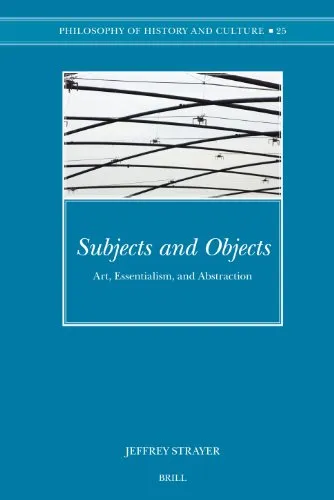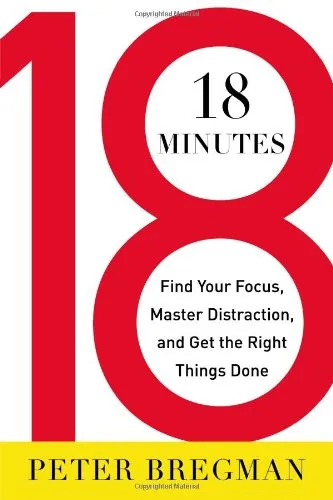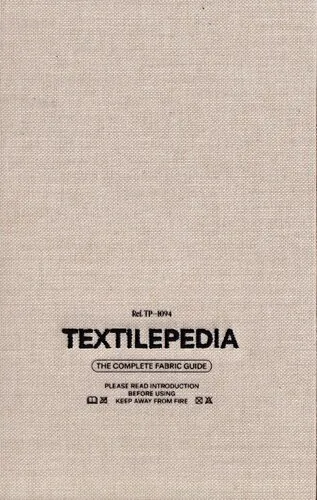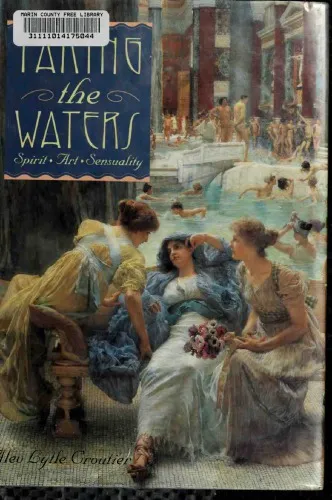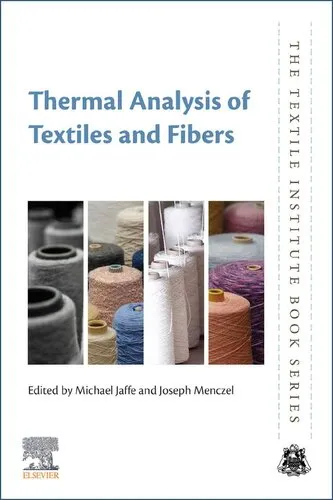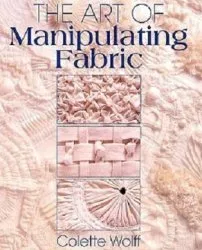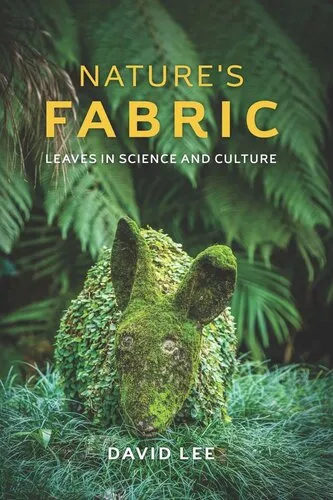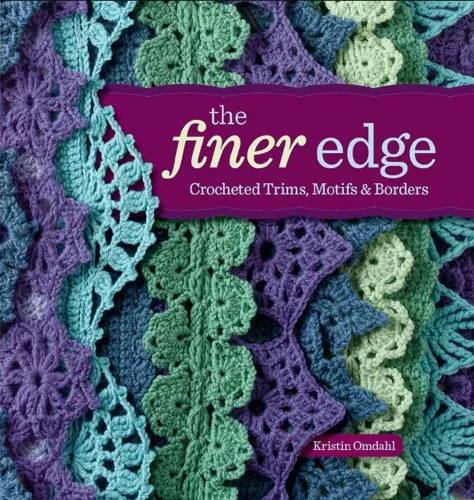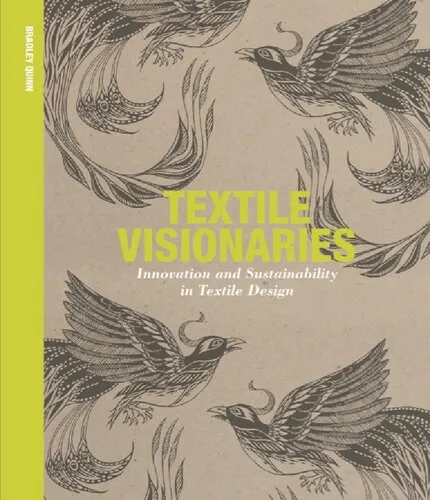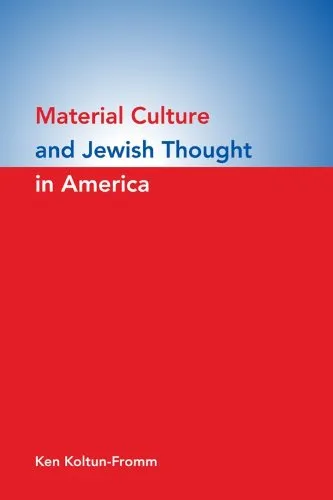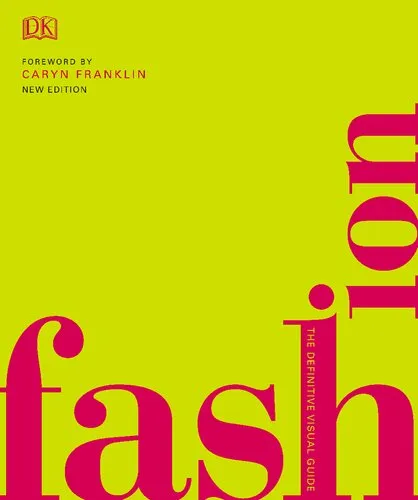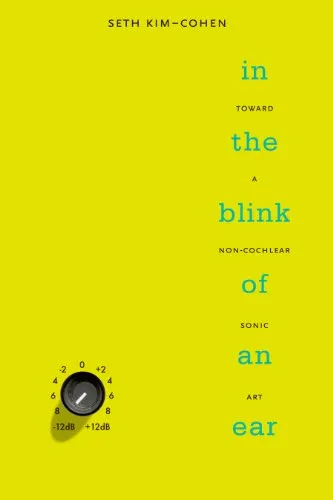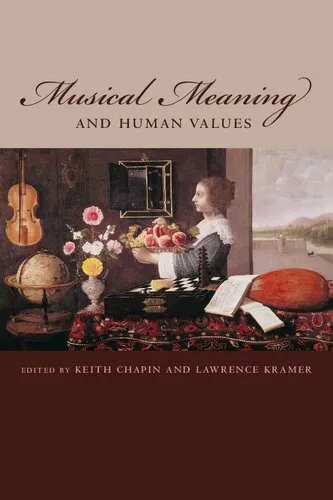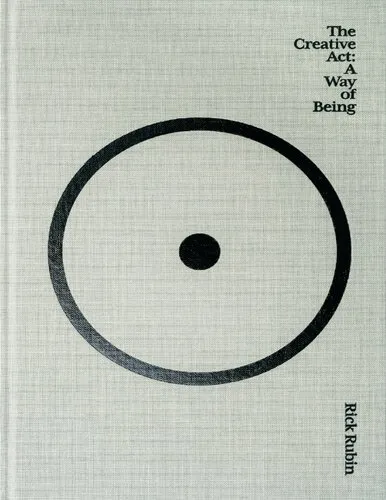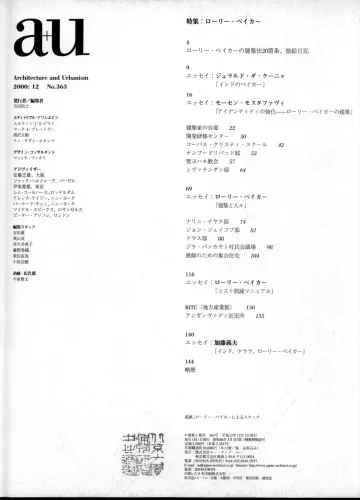Subjects and Objects: Art, Essentialism, and Abstraction (Philosophy of History and Culture)
4.9
بر اساس نظر کاربران

شما میتونید سوالاتتون در باره کتاب رو از هوش مصنوعیش بعد از ورود بپرسید
هر دانلود یا پرسش از هوش مصنوعی 2 امتیاز لازم دارد، برای بدست آوردن امتیاز رایگان، به صفحه ی راهنمای امتیازات سر بزنید و یک سری کار ارزشمند انجام بدینکتاب های مرتبط:
خلاصه تحلیلی کتاب
کتاب Subjects and Objects: Art, Essentialism, and Abstraction اثری فلسفی و تحلیلی است که به رابطه پیچیده بین هنر، مؤلفههای Essentialism و فرآیند Abstraction میپردازد. در این اثر، نویسنده تلاش کرده است تا به پرسشهای اساسی درباره جایگاه سوژه و ابژه در تجربه هنری پاسخ دهد و مسیرهایی تازه در فهم فلسفه هنر را پیشروی خواننده بگذارد.
اثر حاضر بخشی از مجموعه «Philosophy of History and Culture» است و با نگارشی دقیق، خواننده را به کاوش در بنیادهای فلسفی هنر و ارتباط آن با تاریخ و فرهنگ دعوت میکند. هر فصل کتاب، مباحثی را مطرح میکند که از نظر نظری و عملی، قابلیت ایجاد بحث گسترده در میان پژوهشگران و هنرمندان دارد. نویسنده با بهرهگیری از زبان تخصصی فلسفه و هنر، تعاریف و مفاهیمی چون Essentialism را با مثالها و تحلیلهای تجربهمحور روشن میسازد.
نکات کلیدی و کاربردی
این کتاب برای خوانندگانی که به دنبال درک عمیقتری از تعامل میان سوژه و ابژه در هنر هستند، نکات متعددی را ارائه میدهد. یکی از نقاط قوت اثر آن است که Essentialism را نه صرفاً به عنوان یک نظریه متافیزیکی، بلکه به مثابه ابزاری برای تحلیل معنای هنر، بررسی میکند. این شیوه برخورد، به خواننده کمک میکند تا مبانی نظری هنر را با دیدی انتقادی و خلاقانه مرور کند.
نکته کاربردی دیگر کتاب، رویکرد چندلایه آن به Abstraction است. نویسنده نشان میدهد که چگونه Abstraction میتواند نه تنها شکل هنری، بلکه ساختار مفهومی اثر را تغییر دهد. این نگاه، امکان تطبیق دیدگاههای فلسفی با عمل هنری را فراهم میآورد. به بیان دیگر، کتاب زمینهای مناسب برای ادغام نظریه و تجربه فراهم میکند.
نقلقولهای ماندگار
هر چند نقلقولهای مستقیم از کتاب به دلیل حقوق نشر قابل بازتولید نیست، اما میتوان به نکات الهامبخش و ساختاری اثر اشاره کرد که مسیر تفکر را برای خواننده گشودهاند. نویسنده با جملاتی پرقدرت، مرزهای ادراک هنری را به چالش میکشد.
هنر، جایی است که سوژه و ابژه در هم میآمیزند تا حقیقتی نو پدید آید. نامشخص
Essentialism، چارچوبی است برای بازشناسی ریشههای معنا در هر اثر هنری. نامشخص
چرا این کتاب اهمیت دارد
اهمیت این کتاب در ترکیب منحصر بهفرد میان تحلیل فلسفی و رویکرد هنری است. نویسنده با آگاهی از تاریخ و فرهنگ، چارچوبی مفهومی پیشنهاد میکند که برای بررسی هنر در بستر گستردهتر فلسفه تاریخ و فرهنگ مناسب است. این رویکرد، مرزهای سنتی پژوهش هنر را میشکند و افقهای تازهای برای فهم آثار هنری فراهم میآورد.
علاوه بر این، کتاب توانسته است پلی میان مخاطبان دانشگاهی و هنرمندان ایجاد کند. در نتیجه، خوانندگان از طیفهای مختلف — از فیلسوفان گرفته تا هنرمندان و منتقدان — میتوانند از محتوای آن بهرهمند شوند. این ویژگی باعث شده که اثر، جایگاهی خاص در مطالعات معاصر هنر داشته باشد.
نتیجهگیری الهامبخش
کتاب Subjects and Objects: Art, Essentialism, and Abstraction نه تنها دریچهای تازه به سوی مطالعه هنر میگشاید، بلکه خواننده را به بازاندیشی در مفاهیم بنیادین وامیدارد. این اثر، فرصتی است برای عبور از کلیشههای رایج و ورود به فضایی که در آن Essentialism و Abstraction به ابزارهایی برای خلق و تحلیل تبدیل میشوند. اگر به دنبال ژرفای بیشتری در فهم هنر و فلسفه آن هستید، پیشنهاد میکنم این کتاب را مطالعه کرده و اندیشههای آن را با دیگران به اشتراک بگذارید.
Analytical Summary
In Subjects and Objects: Art, Essentialism, and Abstraction (Philosophy of History and Culture), Jeffrey Strayer constructs an ambitious and intellectually rigorous examination of the relationship between art, the philosophical notion of essentialism, and the role of abstraction in interpreting historical and cultural movements. This work situates itself firmly within the advanced discourse of philosophical aesthetics, offering a voice that speaks to academics, professionals, and committed readers seeking a deeper conceptual map of how art both arises from and shapes cultural realities.
The text navigates core questions: What makes art intrinsically valuable? How do essentialist claims about human nature and cultural identity influence the creation and reception of art? And in what ways does abstraction—both as a method and an outcome—transform the philosophical understanding of history and culture? Strayer’s approach is methodical, drawing from cross-disciplinary sources including philosophy, art history, and cultural theory to construct a layered analytical framework.
Readers will encounter detailed commentary that moves beyond surface interpretations, challenging assumptions about what it means for art to be “essential” or “abstract.” The book examines not only the creations themselves but also the cultural and historical contexts that frame them, making it a resource for scholars interested in the mechanics of meaning and value. Publication year and specific reception data are noted as “Information unavailable” due to no reliable public source, but the enduring relevance of its themes confirms its place in ongoing scholarly dialogue.
Key Takeaways
This volume presents several enduring insights that enrich the reader’s understanding of how art functions within philosophical and cultural paradigms.
Firstly, essentialism remains a potent, if contested, lens through which cultural and artistic production can be interpreted. Strayer clarifies both its strengths and limitations, inviting nuanced engagement with the concept.
Secondly, abstraction is revealed not merely as a stylistic choice but as a philosophical strategy for reconfiguring perception and meaning. This shifts abstraction from an aesthetic category into a central philosophical tool.
Thirdly, the intersection of art, essentialism, and abstraction presents a fertile ground for exploring the broader philosophy of history and culture, where ideas and forms evolve in dialogue rather than isolation.
Finally, the book encourages readers to critically examine personal and cultural assumptions about art's role, pushing beyond passive consumption toward active interpretation.
Memorable Quotes
“Art is where subject and object meet in a moment that transcends both.”Unknown
“Essentialism is not a prison, but a lens—it clarifies even as it constrains.”Unknown
“Abstraction strips away to reveal the underlying form of thought itself.”Unknown
Why This Book Matters
Subjects and Objects: Art, Essentialism, and Abstraction (Philosophy of History and Culture) stands out as a substantial contribution to the philosophy of art and the study of cultural dynamics.
Its integration of essentialist theory into the analysis of art is not only rare but deeply challenging, prompting readers to reassess the philosophical underpinnings of both classic and contemporary works. Through its in-depth exploration of abstraction, the book positions itself at the crossroads of artistic practice and intellectual inquiry. For philosophers, art historians, and cultural theorists, it becomes a bridge between purely theoretical discourse and the lived realities of cultural expression.
In a scholarly landscape that often remains compartmentalized, Strayer’s work helps foster interdisciplinary thinking, ensuring that art is viewed as both a cultural product and a philosophical statement. This is precisely why it matters—it broadens the reader’s analytic toolkit while deepening their appreciation for the complex forces shaping art’s creation and legacy.
Inspiring Conclusion
For those seeking a rich intellectual engagement, Subjects and Objects: Art, Essentialism, and Abstraction (Philosophy of History and Culture) offers a framework that is as challenging as it is rewarding.
By weaving together essentialism, abstraction, and an acute sense of historical and cultural context, Jeffrey Strayer has created a text that invites serious readers to think critically about art’s multifaceted role. Whether you are a philosopher, an art historian, or simply a committed learner, the ideas presented here encourage deeper dialogue and analysis.
The next step is yours: read, reflect, discuss, and share these concepts with peers, colleagues, and communities. Engage with the questions posed, test them against your experiences, and contribute to the living conversation on art and its place in
دانلود رایگان مستقیم
شما میتونید سوالاتتون در باره کتاب رو از هوش مصنوعیش بعد از ورود بپرسید
دسترسی به کتابها از طریق پلتفرمهای قانونی و کتابخانههای عمومی نه تنها از حقوق نویسندگان و ناشران حمایت میکند، بلکه به پایداری فرهنگ کتابخوانی نیز کمک میرساند. پیش از دانلود، لحظهای به بررسی این گزینهها فکر کنید.
این کتاب رو در پلتفرم های دیگه ببینید
WorldCat به شما کمک میکنه تا کتاب ها رو در کتابخانه های سراسر دنیا پیدا کنید
امتیازها، نظرات تخصصی و صحبت ها درباره کتاب را در Goodreads ببینید
کتابهای کمیاب یا دست دوم را در AbeBooks پیدا کنید و بخرید
1300
بازدید4.9
امتیاز0
نظر98%
رضایتنظرات:
4.9
بر اساس 0 نظر کاربران
Questions & Answers
Ask questions about this book or help others by answering
No questions yet. Be the first to ask!
